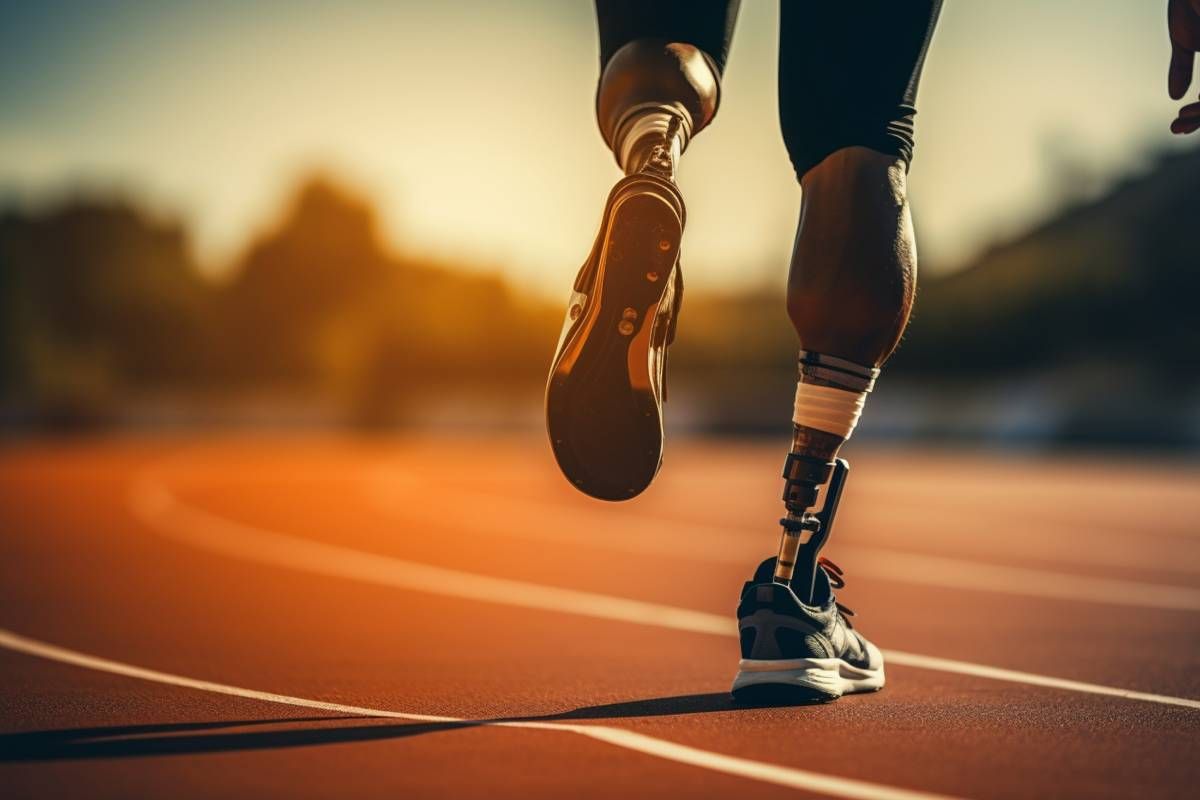If you’ve recently lost your limb before the knee, you likely have questions about what comes next. The friendly Durrett’s Orthotics & Prosthetics team is here to answer your questions and help you decide which below knee prosthesis will best benefit you.

Below-Knee Prosthesis Considerations
Returning to your usual daily routine is the ultimate goal following an amputation. Still, there are some essential questions to answer when determining the right time to get a prosthesis. The health of your other leg and your activity level before surgery should be considered, as should your mobility goals after limb loss. The amputation site is another crucial factor – a transtibial (below the knee) amputation generally offers increased mobility with reduced effort than an above-the-knee prosthetic.
Parts of a Prosthetic Leg Below the Knee
Knowing how the different parts of your prosthesis work together to help you move can be helpful. There are three components of a prosthetic leg to familiarize yourself with:
- The prosthetic leg itself. The prosthesis uses lightweight, durable materials to recreate the function of your limb. Many prostheses feature functioning knee and ankle joints, depending on your needs.
- The socket features a mold taken from your residual limb and helps your prosthesis attach snugly to your body.
- The suspension system is how your prosthesis stays connected to your body. Standard suspension systems include sleeve suction, vacuum suspension, or a distal locking system with a pin or lanyard.
Below-Knee Prosthetic Needs Can Change
A few months after beginning to use your prosthesis, you may notice you don’t have the level of function that you’d like. It’s possible that you need to transition from an initial temporary prosthesis to a permanent one or that you’ve moved more or differently than your current prosthetic limb was meant for. If you experience new pain, discomfort, or a lack of stability, we may suggest adjusting your equipment or replacing some components.
Learning to Walk with a Below-Knee Prosthesis
One of the most challenging aspects of a prosthetic limb is learning how to use it. Starting slowly and using support, like parallel bars, is important when you receive your prosthesis. Once you’re ready to walk alone, pay close attention to your foot placement and your step length. Walking is often encouraged, but take a break when you feel fatigued and continue using aids, like crutches or a cane, until you are completely confident in your ability. If you abandon these items too soon, you may develop poor posture and habits.
Below the Knee Prosthetics Near Edgewood, KY, and Lawrenceburg, IN
Durrett’s Orthotics & Prosthetics has been offering compassionate care since 1958. Our team participates in continuing education to remain at the forefront of the field, and we provide various services for pediatric and adult patients.
Contact us today to schedule an evaluation. Durrett’s Orthotics & Prosthetics has locations in Edgewood, Kentucky, and Lawrenceburg, Indiana, and proudly serves Erlanger, Florence, Covington, Fort Thomas, Union, Walton, Edgewood, Oakbrook, Taylorsport, Fort Mitchell, Hebron, Beaverlick, Burlington, Belleview, Independence, Newport, Verona, Elsmere, KY, and Cincinnati, OH.





